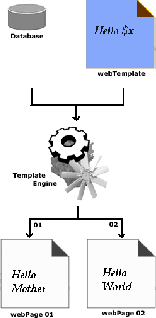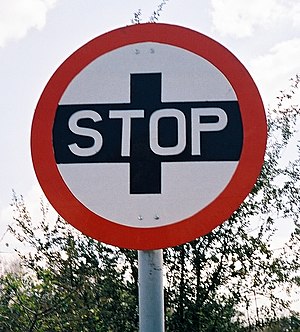When you’re trying to sell something, especially technology, it can be tempting to make long lists of facts and technical specs: the storage capacity, the number of years of development, the size of the programming team.
All those are useful, but they don’t really sell anything. Logic isn’t what sells.
What really works when you’re selling
The real “sales star” isn’t hard, cold facts. It’s something else entirely.
Something you may not have thought of.
Stories and emotions.
Stories, especially with an emotional punch, sell art. They sell books. And they sell your business too.
We’re hardwired for feelings and stories more than facts. The emotional charge people get from a story helps them remember you, think well of you, and like you.
The story of the painter and the leopard
For example, this one from Canvoo (Clint Watson, the author of the post, used to run an art gallery):
Richard Iams (one of the artists he represented), occasionally painted wildlife. Once, he hired a handler to bring in a leopard (for reference photos). However, the leopard had other ideas, broke away, and leaped on top of Richard. Luckily, he was a large fellow, managed to stay upright, and escaped without harm.
Clint says he sold a lot of paintings telling that story.
Why? Because it made his painting memorable. It also gave the buyers a great story to repeat to their friends.. That made them feel good too. And then those friends could pass the story on to their friends.
Inside the artist’s studio
Here’s another one from Clint’s post:
Brian Kleiwer started telling little stories (via email) to his “tribe” about each painting he created. He’d talk about what he was thinking, how he felt at the time, the music he liked to listen to – things that made a connection between himself, his painting, and his tribe. He sold 82 paintings in around 100 days.
Special delivery
Someone on Amazon bought a copy of a physics textbook. The copy he received had missing pages. He wrote a review on the site, complaining bitterly. The author saw the review, got on a plane (during the holiday season), and personally delivered a brand-new corrected copy of the book.
Emotions beat logic
I guarantee that the people who bought those paintings and the man who bought the textbook all told their friends, their families, and their colleagues the stories about the art and the book.
Were Richard’s paintings suddenly “better”? No, he sold more because the paintings and artwork now came with a good story, which buyers could pass on to their friends and be entertained by.
Brian didn’t suddenly get more talented either. Posting the videos and the behind-the-scenes thoughts created bond between himself and his buyers. People weren’t just buying from an artist, they were buying from a friend; a person they now had an emotional connection with.
Same with the physics textbook. That author went above and beyond any standard expectation of service. He now has a good story too. I bet he sold a lot more textbooks after that!
Telling a story is far more effective than reciting lists of tech specs or rational reasons to buy something (even with tech-oriented businesses). People buy what makes them feel better.
What stories can you tell about your business? And how are you making emotional connections with your clients?





